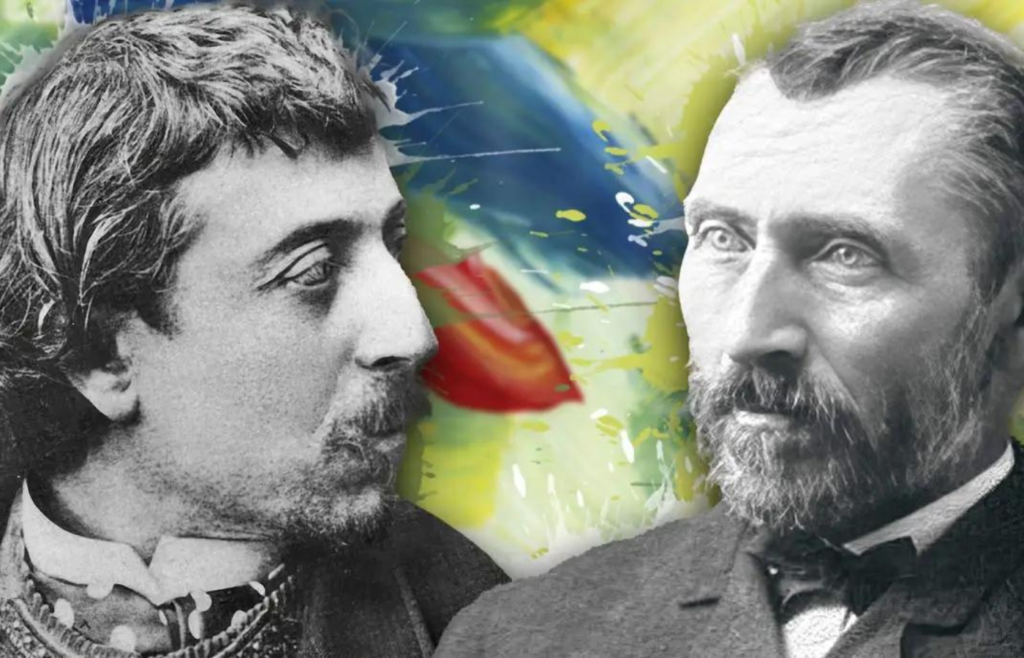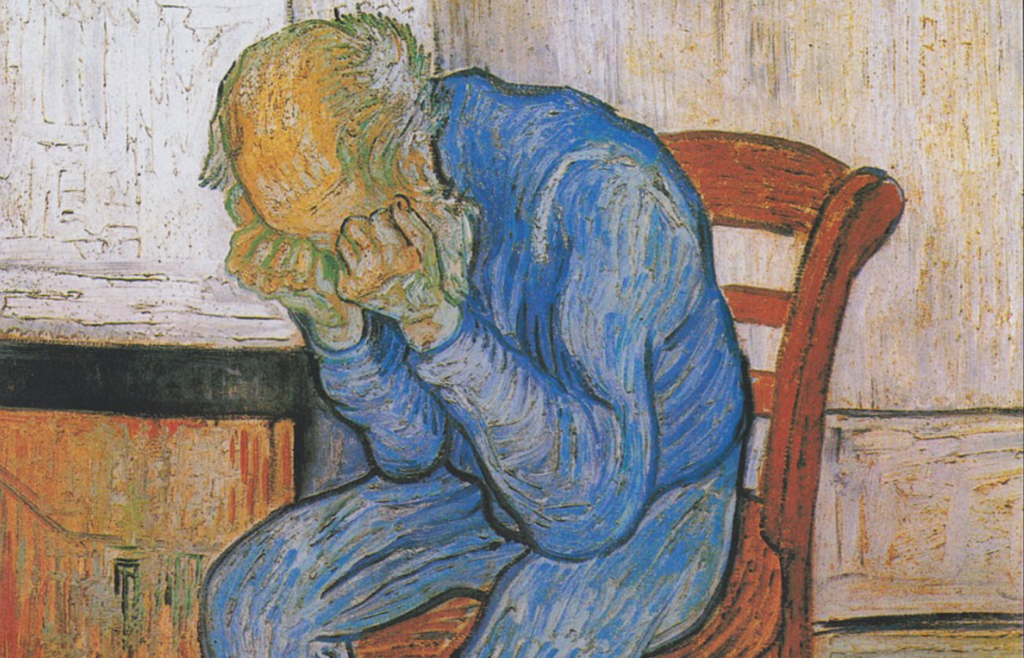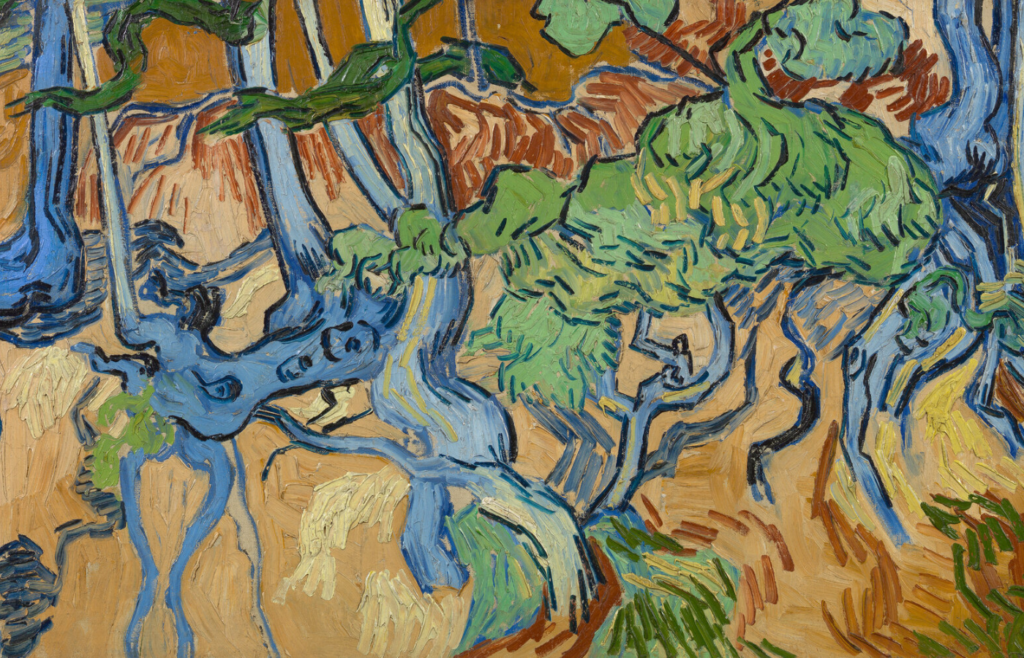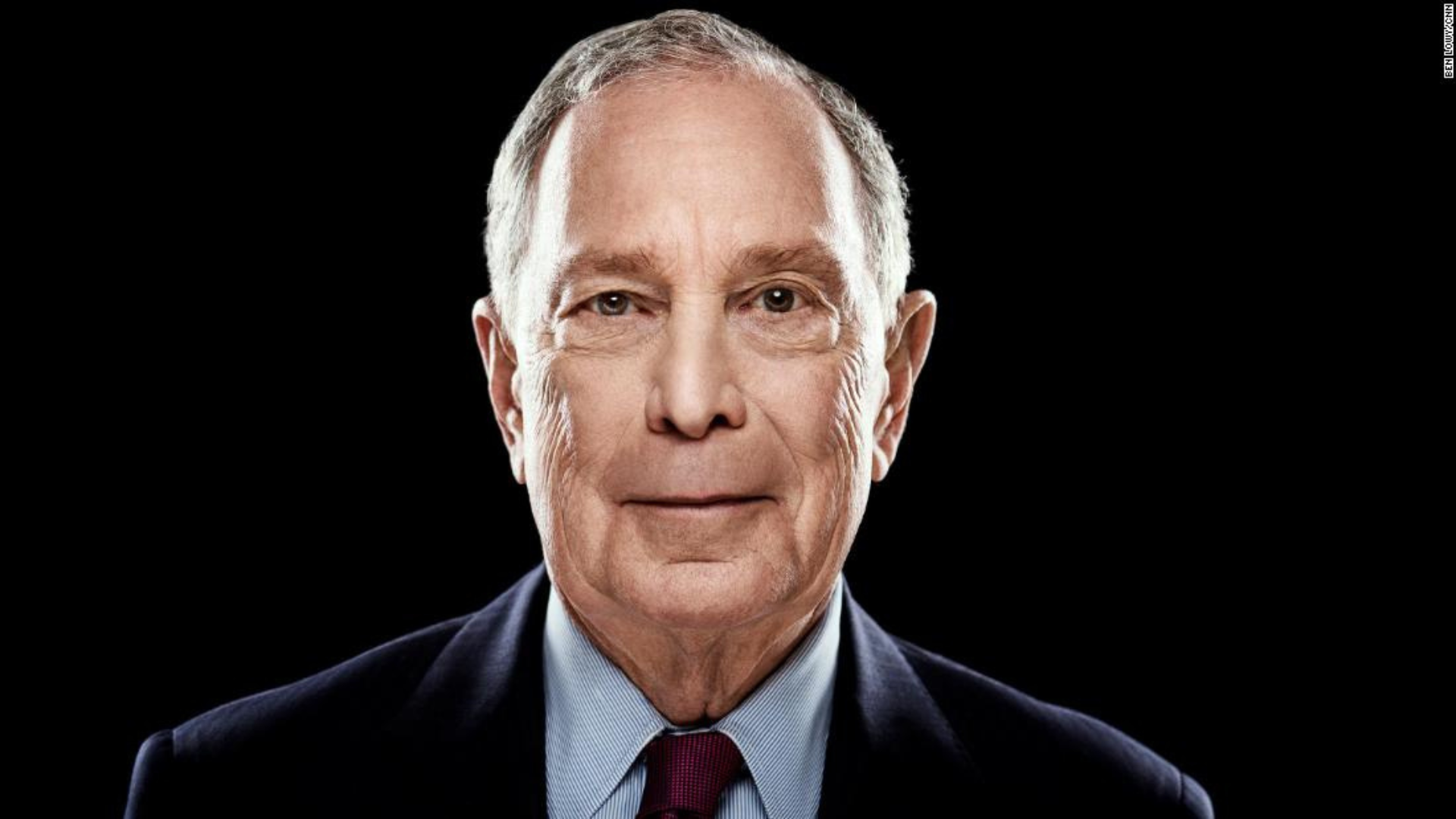Introduction
Vincent Van Gogh is one of the most celebrated and influential artists in history. Known for his vibrant colors, emotional depth, and innovative techniques, his works have captivated audiences for over a century. However, behind his masterpieces lay a life marked by profound mental health struggles. This article delves into the complexities of Van Gogh’s battle with mental health, exploring how it influenced his art and legacy.
Early Signs of Mental Health Issues
Vincent Van Gogh’s mental health issues began to manifest early in his life. Born in 1853 in the Netherlands, Van Gogh was a sensitive and introspective child. He often felt misunderstood and isolated, leading to bouts of depression and anxiety. His early attempts to find a career were fraught with failure, adding to his feelings of inadequacy and despair. By his mid-twenties, these early signs had developed into more severe and persistent symptoms.
Van Gogh’s Troubled Personal Relationships

Van Gogh’s mental health struggles profoundly impacted his relationships. His intense and often erratic behavior strained his interactions with family, friends, and fellow artists. His relationship with his brother Theo was a notable exception, providing him with emotional and financial support throughout his life. However, even this bond was tested by Van Gogh’s volatility. His friendships with other artists, such as Paul Gauguin, were similarly tumultuous, culminating in dramatic and sometimes violent confrontations.
The Impact of Isolation and Loneliness
Isolation and loneliness were recurring themes in Van Gogh’s life. His difficulty in maintaining stable relationships and his frequent relocations contributed to a pervasive sense of solitude. This isolation exacerbated his mental health issues, creating a vicious cycle of withdrawal and despair. Despite his desire for connection, Van Gogh often found himself at odds with the world around him, leading to periods of deep depression and self-doubt.
Van Gogh’s Time in Psychiatric Institutions
Van Gogh’s mental health deteriorated to the point where he required institutional care. In 1888, after a particularly severe breakdown, he voluntarily admitted himself to a psychiatric hospital in Saint-Rémy-de-Provence. During his year-long stay, Vincent Van Gogh experienced periods of lucidity interspersed with episodes of severe mental distress. The structured environment of the hospital provided some stability, allowing him to continue creating art, but it also underscored the severity of his condition.
The Role of Art in Van Gogh’s Mental Health

Art played a crucial role in Van Gogh’s mental health journey. It served as both a therapeutic outlet and a means of expression for his turbulent emotions. His work during periods of mental anguish is characterized by intense color, bold strokes, and a raw emotional intensity that reflects his inner turmoil. Painting became a way for Vincent Van Gogh to channel his pain and find moments of peace amidst his struggles. Despite his suffering, he produced some of his most famous works, such as “Starry Night,” during these times.
Vincent Van Gogh The Infamous Ear Incident
One of the most notorious episodes in Van Gogh’s life is the incident in which he severed his own ear. In December 1888, following a heated argument with Gauguin, Vincent Van Gogh experienced a severe mental breakdown. In a fit of self-mutilation, he cut off a portion of his left ear and presented it to a local woman. This shocking act underscored the depth of his psychological distress and marked a turning point in his mental health. The incident led to his first hospitalization and further isolated him from his peers.
Diagnosis and Theories on Van Gogh’s Condition
Van Gogh’s exact mental health diagnosis remains a topic of debate among historians and medical professionals. Various theories have been proposed, including bipolar disorder, schizophrenia, epilepsy, and borderline personality disorder. Some experts suggest that his symptoms were exacerbated by factors such as malnutrition, excessive alcohol consumption, and the use of toxic materials in his paint. While the precise nature of his condition is unclear, it is evident that Van Gogh’s mental health struggles were severe and multifaceted.
Van Gogh’s Final Years and Decline

Van Gogh’s final years were marked by a tragic decline in both his mental and physical health. After leaving the psychiatric hospital in 1890, he moved to Auvers-sur-Oise to be closer to his brother Theo. Despite a brief period of productivity and relative calm, his mental state continued to deteriorate. On July 27, 1890, in a moment of despair, Vincent Van Gogh shot himself in the chest. Vincent Van Gogh died two days later, at the age of 37, leaving behind a legacy of extraordinary art and a poignant story of human suffering.
The Legacy of Van Gogh’s Struggles on Art and Mental Health Awareness
Vincent Van Gogh’s struggles have had a lasting impact on both the art world and mental health awareness. His life story has inspired countless discussions about the relationship between creativity and mental illness. Van Gogh’s ability to create profound and enduring art despite his suffering has made him a symbol of resilience and the transformative power of art. His legacy continues to raise awareness about mental health, encouraging empathy and understanding for those who struggle with similar issues.
Conclusion
Vincent Van Gogh’s battle with mental health was a defining aspect of his life and art. Vincent Van Gogh’s struggles were profound and often debilitating, yet they also fueled a remarkable creative output that has left an indelible mark on the world. By examining Van Gogh’s journey, we gain a deeper understanding of the complexities of mental health and how it can shape an individual’s life and legacy. His story is a testament to the enduring power of art and the importance of compassion and support for those facing mental health challenges.




